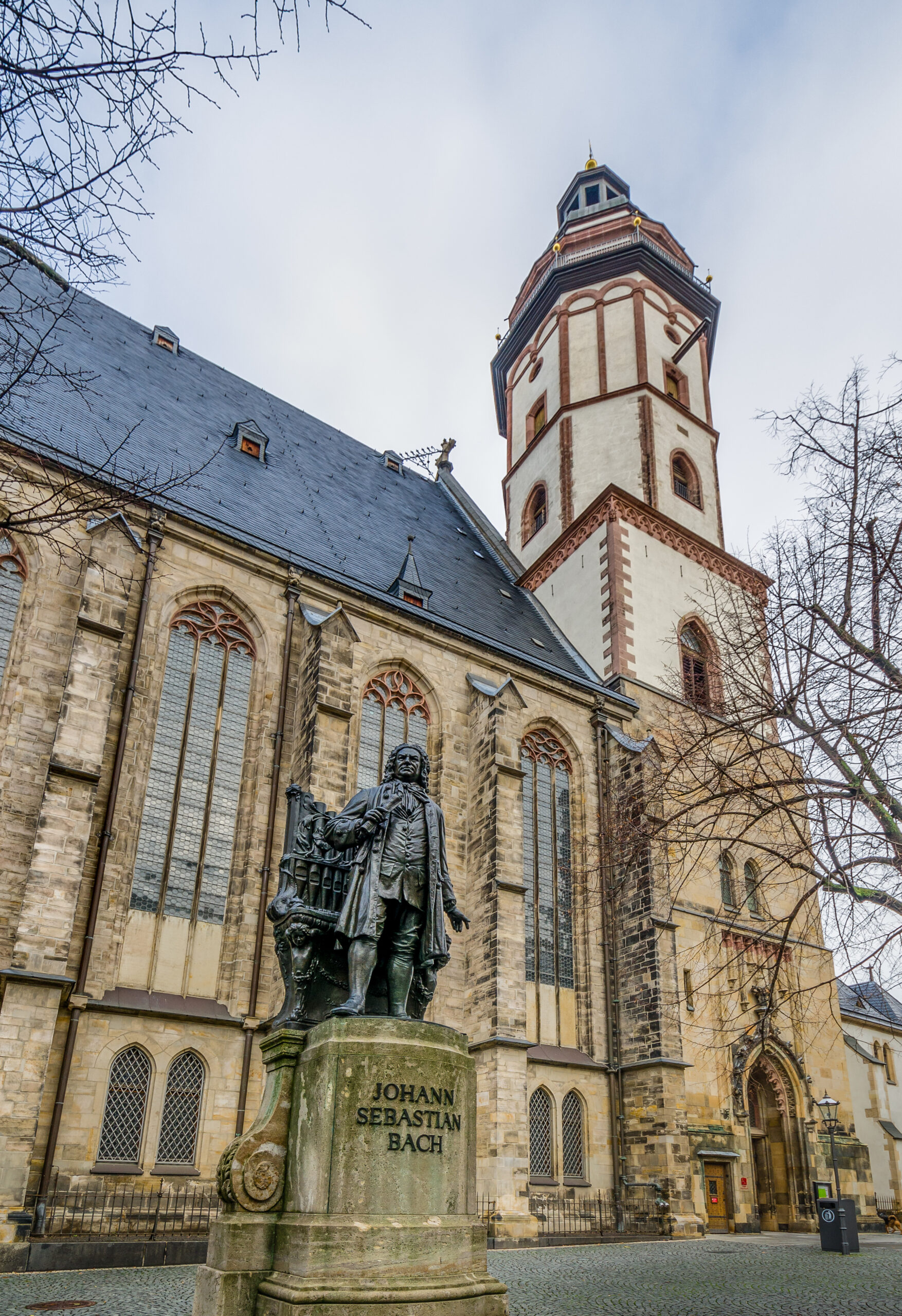Easter stands as one of the most important events in the Christian calendar and marks the end of Lent, calling for a festive spirit to celebrate the resurrection of Jesus Christ. Classical music like most Western art before the Renaissance was almost uniquely based on religious experiences and stories. For many composers such as Haydn, Mozart and Bach, their chefs-d’oeuvre exalted their Christian beliefs and recounted stories from the Bible. This was due in part to the state of musical patronage as financial support for composers came almost uniquely from the church or nobility. This rich heritage continues to shape how we experience classical music Easter celebrations today.
In the centuries that followed, many composers such as Gustav Mahler and also Nikolai Rimsky-Korsakov used liturgical or religious works to inspire their own composition – exploring themes of death and rebirth and the cultural impact of the Church in their daily lives. To celebrate this body of work, here is a selection of the most important classical music Easter pieces written to celebrate the Easter holiday from Masses to Passions to great symphonies.

